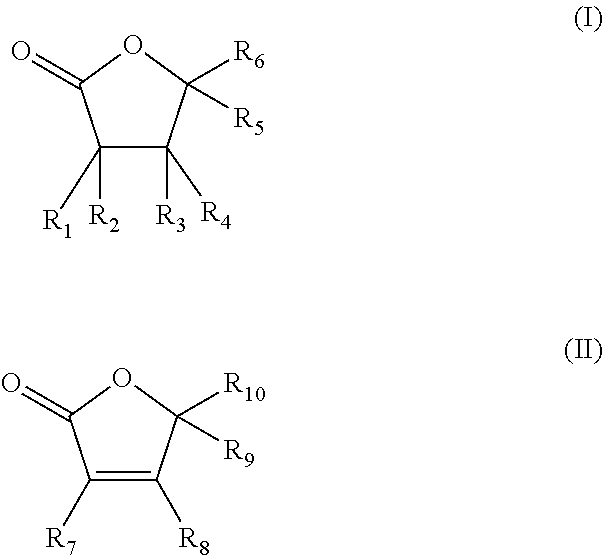Use of dihydroquercetin and at least one amino acid to positively influence the natural pigmentation process
a technology of dihydroquercetin and amino acid, which is applied in the field of use of dihydroquercetin and at least one amino acid to positively influence can solve the problems of affecting the self-confidence of the person concerned, affecting the hair, and customers often complaining of a lack of tolerance (itching, burning, prickling) and sustainability, and achieves the effect of influencing the natural pigmentation process of skin and/or skin appendages
- Summary
- Abstract
- Description
- Claims
- Application Information
AI Technical Summary
Benefits of technology
Problems solved by technology
Method used
Image
Examples
example 1
Proof of the Differential Expression of Melanogenesis-Relevant Genes
[0098]The ligands involved in melanogenesis, such as SCF or alpha-MSH (melanocyte stimulating hormone alpha) bind to different receptors, through which the corresponding signal is transmitted into the cell interior. The receptor for SCF is ckit, the receptor for alpha-MSH is MCR-1 (melanocortin receptor 1). Substances that bring about a change in the expression of MCR-1 and / or ckit can influence melanogenesis. If an induction (up-regulation or stimulation) of the gene expression of the corresponding receptors occurs, melanogenesis is assumed to be stimulated.
[0099]Gp 100 is a protein that occurs in the membrane of melanosomes and stabilizes them. Since more melanin is produced in the cells following application of substances that positively influence melanogenesis, an increase in the melanosomes necessary for transport also occurs. A substance that induces the gene expression of gp100 is therefore a pigmentation-sti...
example 2
Stimulation of Melanin Synthesis
[0105]Melanin is a dye that is produced and stored in the melanosomes of the melanocytes. Melanin gives the hair its intrinsic color, the coloration being formed by a mixture of two types of melanin, namely eumelanin and pheomelanin. Melanogenesis is a complicated and highly regulated synthesis process. Tyrosine is converted first by the enzyme tyrosinase into L-dihydroxyphenylalanine (L-DOPA) and then via a plurality of intermediate steps into the various melanin pigments. An active ingredient that positively influences melanogenesis and leads to an increased melanin content in the hair follicle melanocytes is particularly suitable for influencing the natural pigmentation process of skin and / or skin appendages, preventing hair graying and / or stimulating pigmentation.
[0106]In order to assess the melanin content, three-dimensional organotypical hair follicle cell cultures prepared from dermal papilla cells, hair follicle melanocytes and outer root shea...
example 3
Effect of a Mixture of Taurine, Proline, Valine, Arginine, Lysine and Glycine
[0107]A mixture of taurine, proline, valine, arginine, lysine and glycine (1:1:1:1:1 ratio, stated in relation to the proportions in the complete mixture) was examined in respect of its effects on ATP synthesis and release of hepatocyte growth factor (HGF). ATP (adenosine triphosphate) is the universal storage form for chemical energy in cells. Cleaving off the phosphate groups produces ADP and Pi (inorganic phosphate). This reaction is highly exergonic, in other words energy is released. ATP is produced in the cellular, oxidative breakdown of fats, carbohydrates and proteins. It serves as an energy source for biochemical synthesis (also melanin synthesis), for transport processes (active transport) and for mechanical work. These processes are endergonic, in other words they proceed only with an input of energy. HGF is an important growth factor, with the aid of which the dermal papilla controls hair growth...
PUM
| Property | Measurement | Unit |
|---|---|---|
| Ratio | aaaaa | aaaaa |
Abstract
Description
Claims
Application Information
 Login to View More
Login to View More - R&D
- Intellectual Property
- Life Sciences
- Materials
- Tech Scout
- Unparalleled Data Quality
- Higher Quality Content
- 60% Fewer Hallucinations
Browse by: Latest US Patents, China's latest patents, Technical Efficacy Thesaurus, Application Domain, Technology Topic, Popular Technical Reports.
© 2025 PatSnap. All rights reserved.Legal|Privacy policy|Modern Slavery Act Transparency Statement|Sitemap|About US| Contact US: help@patsnap.com

